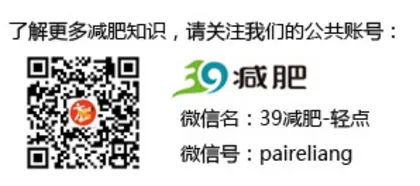A man with a waist exceeding 109 centimeters has a short life span of 3 years?
After middle age, you should always pay attention to your waist. According to a recent report by the British "Daily Mail", researchers have warned that too thick waistlines can shorten life expectancy, for both men and women. Studies have found that after adjusting for factors such as body mass index BMI, smoking, alcohol consumption and exercise, people with excessively large waistlines have an increased risk of death from heart disease, respiratory diseases, and cancer. Compared with those with smaller waistlines, people with larger waistlines have a greater risk of early death.

Researchers at the Mayo Clinic in Minnesota, USA, based on medical data from more than 600,000 people in 11 studies, reached the above conclusions. They found that men with waistlines of more than 109 centimeters (about 3ft 3) had a 50% higher risk of death than men with waistlines of less than 89 centimeters (about 2ft 7), which is equivalent to a three-year reduction in life expectancy after age 40. Women with a waist circumference of more than 94 centimeters, 2ft8 have an 80% higher risk of premature death than women with a waist circumference of less than 69 centimeters, 2ft1, which is equivalent to a five-year reduction in life expectancy after age 40. The risk of premature death increases linearly with the increase of waist circumference. For every 5 cm increase in waist circumference, the risk of death for men and women increases by 7% and 9% respectively.
Dr. James, an epidemiologist at the Mayo Clinic, said BMI is not a good indicator because it cannot accurately reflect where a person is obese. He said excess abdominal fat is often associated with diabetes and heart disease. The study, published in the Mayo Clinic Proceedings, states that doctors should combine body mass index and waist circumference to assess the risk of early death from obesity. Dr. James said the main goal is to prevent too high a BMI and too wide waistlines. "For people with large waistlines, reducing their waistlines by even a few centimeters through exercise and dieting can be very beneficial to health improvements."
